FAQs: Snippets from History about Dressing and Sexuality
Has pink always been associated with femininity and blue with masculinity?
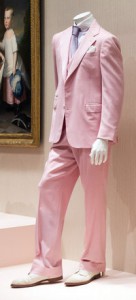
Unlike in contemporary Western culture, it was not always so.
In the 17th and 18th century, both men and women wore pink. Parents used to dress their children in white clothes because those could be bleached.
Pastels for children came into being when a 1918 retail trade publication tried setting new rules: pink for boys and blue for girls. “Being a more decided and stronger color, [pink] is more suitable for the boy, while blue, which is more delicate and dainty, is prettier for the girl,” the article said. So pink came to be considered strong and manly in England and America in 1920s.
The tipping-point came in the years following World War II (1939-1945). In the post-war ideal, men reclaimed the workplace, and women stayed home with babies and shiny appliances. Femininity got wrapped in pink, and so did products – from shampoos to fancy fashion.
Have only women worn skirts in history?

The skirt is actually the second earliest unisex garment that was worn by both men and women. (The first was a loin cloth wrapped around the lower body.)
Since the primary form of clothing in ancient times was simply a rectangular piece of dress with a hole for the wearer’s head and stitched sides, both men and women wore tunics from the time of ancient Rome until the French Revolution. The differences between them were minimal: a woman’s tunic would reach her ankles, while a man’s would come to his knees.
Wrapped garments are still worn by men in various cultures, like the lungi in India or the kilt of the Scots. Fijian men wear a sulu vakataga, a length of material that is wrapped around the waist and falls between the knee and ankle.


What about heels, then?
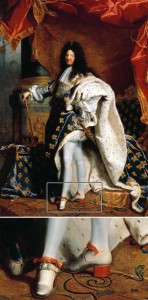
Did you know heels have been first worn by men? For centuries, Persian soldiers wore heels as a necessary accessory because the heels helped them secure their stance on horseback to use their bows and arrows better.
In the 17th century, the European elite adopted the horsemen’s masculine footwear for their own use. The ‘lower’ class followed suit, and so the elites made their heels even higher!
But when women began adopting the style as well, men’s shoe heels became stockier and shorter, while women’s became thinner and higher.
The accessory that was once a show of status then began to be seen as silly and ‘effeminate’, devoid of its practical use and original function. Hence, by 1740, men stopped wearing them altogether.
Did you know that lace was once used commonly in men’s suits?

Lace was used in clothing for men in 16th century Europe. Lace collars and cuffs historically formed some of the most expensive elements in men’s dress, and it became famous as a status marker.
Ruff, which began as a modest ruffle attached to the neckband of a shirt or smock, grew into a separate garment of fine linen, trimmed with lace, and cutwork with embroidery.
It was acceptable for men to wear lace until the 18th century, but the style went out of fashion around the 19th century. A lot of decoration and opulence in clothing, which was appreciated until then, began to be interpreted as upper-class and aristocratic, and was being redefined as feminine in 1800s.

How much has what constitutes obscenity changed over time?
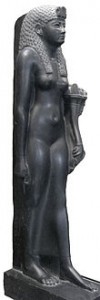
Nudity was the norm in early civilisations, especially the Egyptian, Greek, and Indus Valley civilisations.
Men as well as women proudly sported their naked bodies. It was only after the Islamic and Christian invasions that gender-specific nudity started to be considered obscene.
Since 2014, a ‘Free the Nipple’ campaign is ongoing in New York, encouraging women to be shirtless in public in protest of social media policies banning images of women’s nipples and not those of men.

Why do men’s and women’s clothes have buttons on opposite sides?
Buttons in men’s clothing are on the right side, and in women’s clothing are on the left.
In the Victorian era, while most men used to dress themselves, most upper-class women had servants to help them dress. To make it easier for maids to button up their employer’s dresses right, clothiers started sewing buttons on the opposite side.
Also, because male soldiers often drew their weapons with their right hand, having buttons on the right would have made it a lot easier to adjust and unbutton with their free left hand.
As clothes started to be mass-produced, those upper class women and male soldiers set the trend that is followed even today.
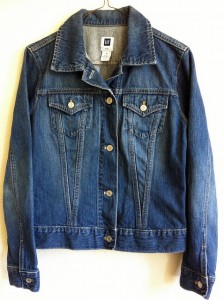
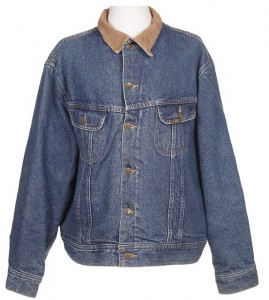
Are women ‘asking for it’ when they wear ‘suggestive’ clothing?
A woman’s dress is routinely and wrongly cited as an incitement to rape. A woman is often blamed for her clothing preference, when in reality, it can never be an excuse for rape. The blame lies wholly and squarely on the rapist.
Testimonials in the form of outfits that survivors of sexual assualt were wearing at the time show how clothing choice does not contribute to the assault.